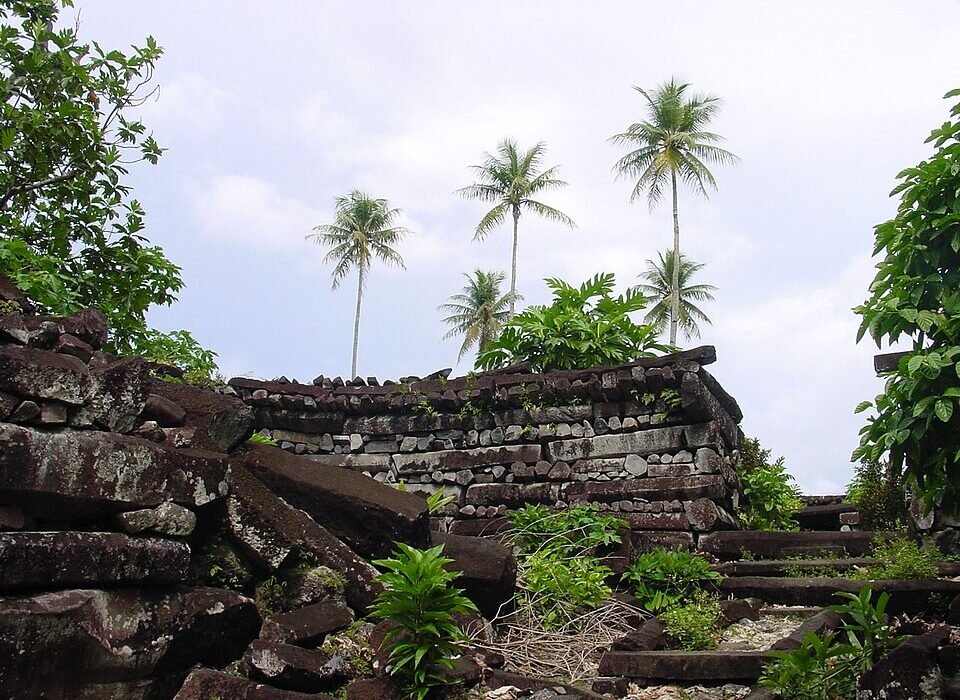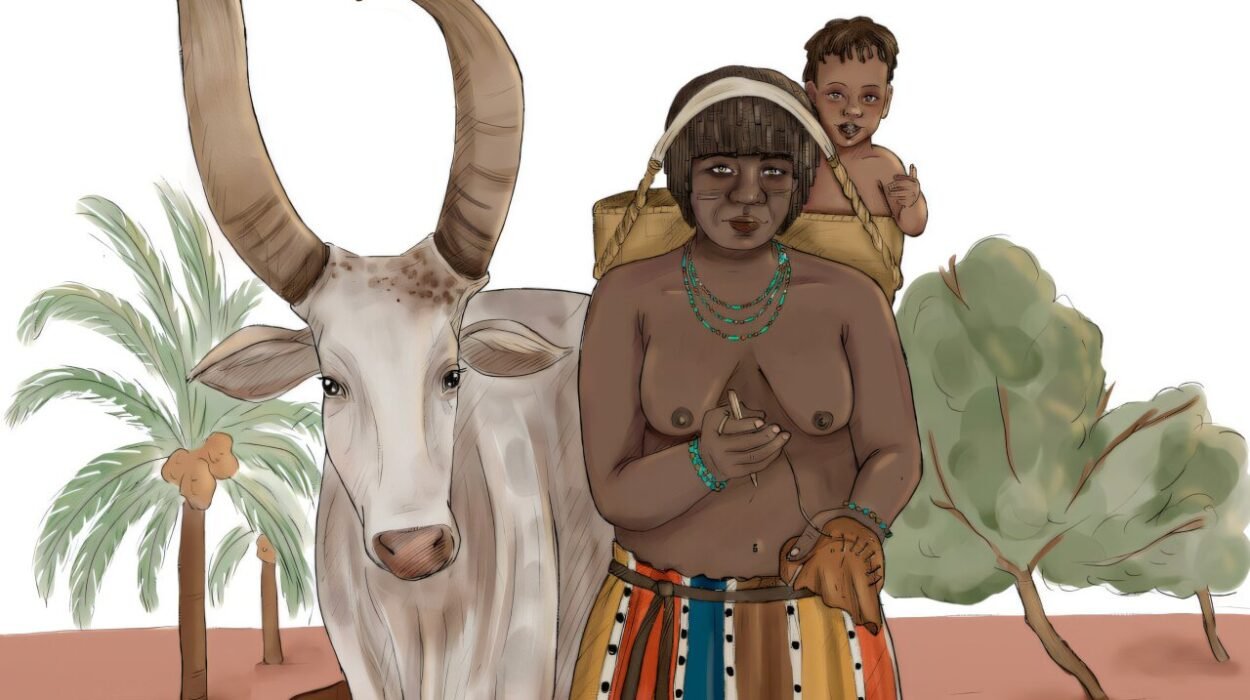Since the dawn of civilization, humanity has sought to understand the cosmos through myth. Before telescopes, before microscopes, before satellites and science, there were stories. Stories of gods—mighty beings who ruled the sky, the sea, the underworld, and the very fabric of reality itself. These gods were more than just characters in tales; they were reflections of human fears, desires, and the awe we feel toward the unknown.
Across cultures and continents, civilizations imagined pantheons of gods and goddesses, each wielding their own dominion and power. But among them rose figures who weren’t just important—they were supreme. These were the most powerful gods in world mythology, forces so immense they could shake the Earth, bend time, raise the dead, or even birth the universe.
This is their story—a journey through thunder and fire, chaos and creation, judgment and mercy. This is a voyage through the minds of ancient people who dared to imagine gods that could rival time itself.
The Cosmic Architects: Gods of Creation and Destruction
Power in mythology often begins at the source—with those who created the world, and those who could end it. These gods were not just rulers; they were reality shapers.
In Hindu mythology, Brahma is revered as the creator, the architect of all things. Yet creation is only one phase of the cycle. His power lies in shaping the cosmos from the formless void, often depicted sitting on a lotus emerging from the navel of Vishnu. But it is Shiva, the destroyer, who embodies the awesome might of transformation. With a dance—the Tandava—Shiva can bring the universe to its knees, only to give rise to a new one. His power is paradoxical: in destruction, he brings rebirth.
In ancient Egyptian cosmology, Atum rose from the chaotic waters of Nun to create all life. He spat or ejaculated the first gods into existence, and from his lonely emergence came an entire cosmos. But equally terrifying was Sekhmet, the lion-headed goddess whose wrath nearly annihilated humanity in a storm of blood. Her power was so fearsome that the other gods had to intoxicate her just to halt her carnage.
Among the Norse, Ymir, the primordial giant, was not a god but became the foundation of the cosmos when slain by Odin and his brothers. From Ymir’s flesh, they crafted the Earth; from his bones, the mountains; from his blood, the seas. This act of divine violence echoes a recurring theme: creation often emerges from chaos—and the most powerful gods are those who can tame it.
Thunder, Sky, and Sovereignty: The Kings of the Pantheon
If the cosmos was a kingdom, the gods who ruled the sky often held the throne. They hurled thunderbolts, commanded storms, and dictated the fates of gods and men alike.
Zeus, the thunder-wielding ruler of Mount Olympus, stands as one of the most iconic examples. His authority came not just from his power, but from his conquest. Born to the Titan Cronus, who devoured his own children, Zeus survived, grew strong, and led a rebellion that shattered the old order. He divided the world with his brothers—Poseidon took the seas, Hades the underworld, and Zeus the sky. But his reign wasn’t just about weather; it was about justice, oaths, and destiny. His thunderbolt wasn’t just a weapon—it was law made manifest.
Similarly, Jupiter, his Roman counterpart, carried immense weight in civic life, embodying law, authority, and the very moral order of Rome. His temple on the Capitoline Hill was not merely a shrine—it was the spiritual heart of an empire.
In Slavic mythology, Perun, the thunder god, stood as the supreme force of order, often in battle with the chaotic underworld god Veles. Their eternal conflict of lightning and storm mirrors a cosmic tug-of-war between structure and entropy.
Across the Atlantic, in the powerful pantheon of the Yoruba people of West Africa, Shango, the orisha of thunder and lightning, was not only a fierce warrior but a symbol of royal authority and justice. His double-headed axe represented balance—destruction and fairness entwined.
What unites these sky gods is not just their command of the elements but their role as symbols of divine order. To disobey them was to invite chaos; to honor them was to live in harmony with the heavens.
Underworld Lords and Masters of Death
Beneath the soil, below the waves, and beyond the horizon lay the realm of the dead—and it was guarded, ruled, or created by gods as fearsome as any above.
In Mesopotamian myth, Ereshkigal, queen of the underworld, ruled a gloomy land with iron will. Her realm was not one of torture, but of inevitability. Even the gods feared her, as Inanna, goddess of love and war, discovered when she dared descend into the underworld. Stripped of power and slain, Inanna was only resurrected through trickery and sacrifice.
In the Greco-Roman world, Hades (or Pluto) was more complex than often portrayed. Though feared, he was just, ensuring the dead found their place in the afterlife. His realm was vast, his wealth legendary (hence the term “plutocracy”). While he rarely left his domain, when he did—like when he abducted Persephone—the Earth itself felt his power.
In the Aztec cosmos, Mictlantecuhtli, skeletal god of the dead, ruled Mictlan, the lowest level of the underworld. His image, often shown with gaping jaws and bloody bones, wasn’t just horror—it was awe. Death in Aztec belief was not an end but a continuation, and Mictlantecuhtli was its gatekeeper.
Perhaps the most enigmatic was Osiris, the Egyptian god who reigned over the dead but was once among the living. Betrayed by his brother Set and resurrected by his wife Isis, Osiris became a symbol of rebirth and judgment. His presence loomed over the hearts of the deceased, who were weighed against the feather of truth in the Hall of Ma’at.
These gods of death were powerful not because they destroyed, but because they reminded all beings—gods and mortals alike—that even eternity has its rules.
Gods of Wisdom, Magic, and Secrets
While thunder and death are mighty, there is another kind of power—quieter but no less formidable. The power of wisdom, of knowledge, of shaping the world with words rather than weapons.
In Norse mythology, Odin was not just a war god. He was a seeker of knowledge. He sacrificed an eye to drink from Mimir’s well, hung himself on the World Tree for nine days to gain the runes, and wandered the worlds in search of truth. His magic was deep, his mind deeper still. His wisdom gave him the power to shape fate, whisper secrets, and manipulate destiny.
The Egyptian god Thoth, depicted with the head of an ibis, was the scribe of the gods and master of hieroglyphs, time, and measurement. It was said he invented writing and could calculate the heavens. His presence was essential in judgment scenes, recording the deeds of souls. But his deeper power lay in magic—he could reshape reality through words alone.
In Hindu belief, Saraswati, goddess of knowledge, music, and speech, holds power not in destruction but in creation through understanding. Without her, there is no art, no wisdom, no structure to chaos. She is the very voice of the cosmos.
Even the trickster gods—like Loki in Norse myth or Coyote in Native American lore—possessed immense knowledge, though they used it in unpredictable ways. They could reshape reality through cunning, not strength.
In these deities, the pen is not just mightier than the sword—it is divine.
Goddesses of Power: Mothers, Warriors, and World-Shapers
Too often, tales of power focus only on male gods. But in every mythology, there are goddesses whose strength, rage, and wisdom shape the world as profoundly as any god.
In Greek myth, Athena, born from Zeus’s head in full armor, embodied wisdom and war. Not brute force, but strategy. She guided heroes like Odysseus, built cities, and protected civilization itself. Her owl-eyed gaze saw through deception.
Isis, the Egyptian goddess of magic and motherhood, was powerful not because she fought, but because she healed, resurrected, and protected. She reassembled Osiris, gave birth to Horus, and tricked the sun god Ra into revealing his secret name. Her power was subtle, but unshakable.
Among the Hindu pantheon, Durga is a warrior goddess who defeats the demon Mahishasura. Riding a lion, wielding weapons in ten arms, she is the embodiment of divine wrath. Her ferocity is cosmic; her calm afterward, eternal. And Kali, black-skinned and blood-smeared, is more terrifying still. She dances atop corpses, her tongue lolling, her eyes ablaze. Yet she is also a mother, a protector, a symbol of time and transformation.
In West Africa, Oya, goddess of storms and change, controls winds and revolution. She guards the boundary between life and death, wielding both sword and thunder with grace and fury.
These goddesses are not just consorts or mothers—they are architects of fate, warriors of justice, and forces of unrelenting power.
Chaos, Balance, and the Gods Beyond Good and Evil
Some gods defy categorization. They are neither benevolent nor malevolent—they simply are. Forces of nature, chaos, or balance, whose power lies in their unpredictability or their constancy.
In Mesopotamian myth, Tiamat, the chaos dragon, gave birth to the gods themselves. When her children turned against her, she rose in wrath, birthing monsters to wage war. Slain by Marduk, her body became the heavens and the Earth—a reminder that even destruction can be generative.
Lugh, from Celtic mythology, was a god of many skills—craft, war, poetry, and kingship. His title “Samildánach” meant “Master of All Arts.” He was the ultimate polymath, embodying not one power, but many.
In Chinese mythology, Nuwa was a creator goddess who mended the sky after it cracked. Her act of patching heaven with five-colored stones preserved the cosmic order. Her power lay not in conquest, but in compassion and creation.
And in the mythologies of Native America, Great Spirit or Wakan Tanka is often seen not as a personified god, but as an all-encompassing presence—vast, unknowable, and deeply sacred.
These gods show that power isn’t always about domination. Sometimes it is about creation, transformation, or simply being.
Conclusion: The Divine Mirror of Humanity
To speak of the most powerful gods in world mythology is to enter a hall of mirrors—each deity a reflection of the culture that imagined them, each myth a prism refracting human longing, fear, and wonder. From the storm-hurling sky kings to the silent judges of the dead, from radiant creators to terrifying destroyers, these gods are humanity’s most ambitious dreams given form.
They are not merely figures from dusty books or forgotten temples. Their stories live in the symbols we use, the values we inherit, and the questions we still ask: Who made us? What rules the world? What lies beyond?
In the end, the gods of myth endure not because we believe they exist, but because they help us understand existence. Their power is not just in what they could do—but in what they continue to mean.





